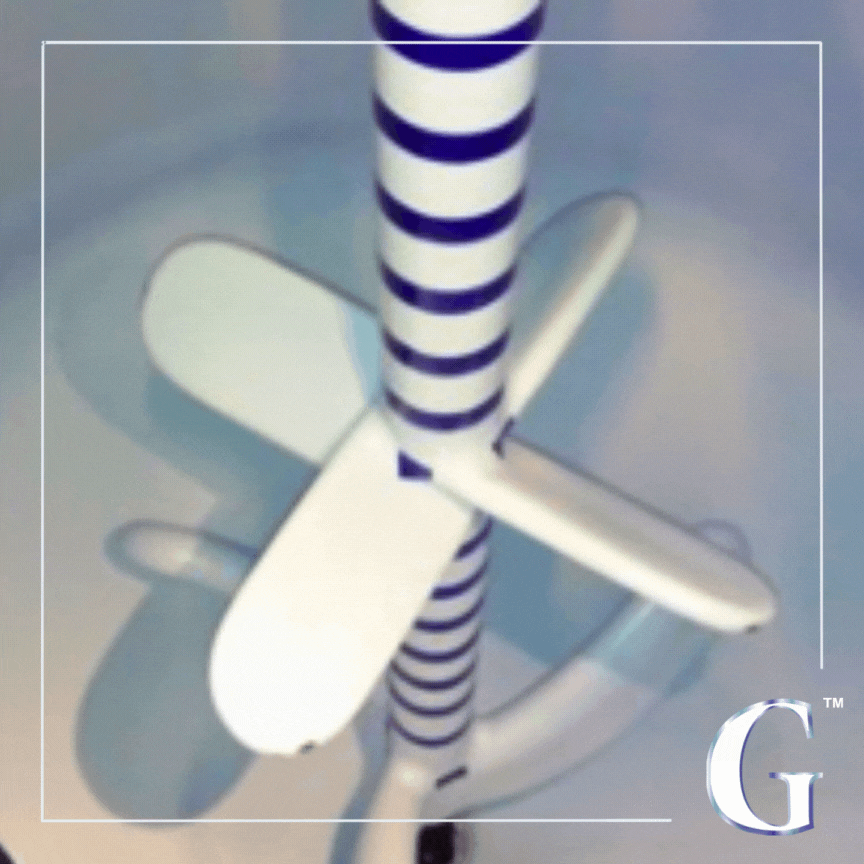Agitator Blade Wear: Why the Tips Fail First
If you’ve ever looked inside a glass-lined reactor after years of use, you might notice something surprising: the agitator blades, especially the tips, may appear more worn than other parts of the vessel. Why do they wear down first? And what does it mean for your process?
Think of an agitator similar to a pump. The blades are designed to force the solution downward and outward to the sidewall of the vessel, rotating up to 125 rpm. The tips of the agitator are subject to cavitation, abrasion, and impact.
Here’s what happens at those blade tips:
High Speed: The very ends of the blades are moving faster than the rest, creating intense friction.
Turbulence: Solids in the liquid (like crystals or powders) hit the tips with more force than anywhere else.
Electrical Activity: In some processes, static charges build up. The blade tips can become discharge points, where that energy damages the glass coating.
What Damage Looks Like
Damage to agitator blade tips usually shows up in three ways:
Loss of shine (fire polish): The glossy surface dulls from repeated wear.
Pinholes: Tiny holes that may look like black dots, often caused by electrostatic discharge (ESD).
Chipping: Small flakes of glass break off, exposing the steel beneath.
Even if the rest of the agitator looks fine, these small weak points at the tips can start big problems later.
Why It Matters
Contamination Risk: If steel is exposed, corrosion can contaminate your batch.
Equipment Lifespan: A small chip today can grow into major damage tomorrow.
Downtime: Emergency repairs stop production and cost far more than planned maintenance.
How to Reduce Blade Tip Wear
Control Speed: Keep agitator RPMs within recommended ranges, especially with solids present.
Ground Accessories: Prevent static discharge by ensuring dip pipes and baffles are grounded.
Inspect Often: Pay extra attention to blade tips and the vessel wall opposite them.
Repair Permanently: When damage occurs, permanent glass-lined repairs restore the blade to like-new condition.
Agitator blade tips wear out first because they face the toughest conditions. But with smart operation, regular inspection, and permanent repair solutions, you can stop small wear from turning into big failures.


